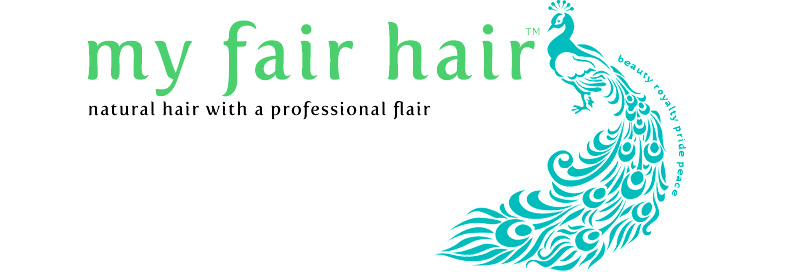Thinking of getting the popular hairstyle known as the
Brazilian Blowout? Think twice after reading about its adverse health affects.
Bloody noses. Blistering rashes. Piercing migraines. These are just a few of the symptoms veteran hairstylist Jennifer Arce experienced after she was diagnosed with chemical poisoning by her physician. The source? A product millions of women use to straighten their hair every day: Brazilian Blowout.
Arce, a stylist in San Diego for more than 18 years, used the experience to organize other affected colleagues to take their stories to California lawmakers and the Food and Drug Administration. Brazilian Blowout has since been banned in the state, but similar hair smoothing products also containing carcinogenic formaldehyde remain on the market. Her next step is distributing a new fact sheet from Women’s Voices for the Earth (WVE) to salon workers and clients. The fact sheet describes chemicals to avoid in hopes more salons will choose to go green for the health of their customers and stylists.
“Many of my colleagues have been bullied, threatened physically and threatened to be fired for speaking up about being sick or for not wanting their clients exposed to toxic formaldehyde,” Arce said. “Many of us don’t have health insurance. Our health and our livelihoods are being taken away from us and we are not going to let this happen without a fight.”
“We hope the fact sheet will educate consumers and workers and inspire them to work for change at the policy level,” explained Erin Switalski, WVE’s executive director. “Salon products are exempt from ingredient labeling requirements, limiting the availability of this important information on chemical exposure, so we are trying to fill in the gaps.”
Like many products containing toxic chemicals, what’s considered good enough for American consumers is banned in the European Union. A recent study by RAPEX, an EU regulatory body, discovered nine keratin hair smoothing products containing high levels of formaldehyde, which resulted in their removal from European markets. Yet they remain widely available in the U.S., and several of the products are falsely touted “formaldehyde-free.”
Under current federal regulations, it is legal for cosmetics manufacturers to use unlimited amounts of virtually any ingredient in salon and professional use products, as well as those sold to the general public, including chemicals linked to cancer, reproductive and developmental harm, hormone disruption and other adverse health impacts, with no pre-market safety assessment.
A growing body of scientific evidence indicates there is reason for concern, showing hairdressers are at increased risk of cancers of the lung, larynx, bladder and multiple myeloma compared to the general population. One study has shown that nail salon workers have higher levels of di-n-butyl phthalate (DBP), a reproductive and developmental toxicant, than the general population.
Another study found that beauticians and hairdressers are likely to have significant exposure to solvents that are linked to birth defects. Other studies have found cosmetologists are at a higher risk for having spontaneous abortions and low birth weight babies.
As for Arce, she’s considering switching careers. She doesn’t want to stop being a stylist—she loves helping her longtime clients look and feel their best, but her health can’t withstand the constant exposure.
Visit EcoWatch’s
HEALTH page for more related news on health topics.
Ladies and stylists, what has been your experience with the Brazilian Blowout?




























